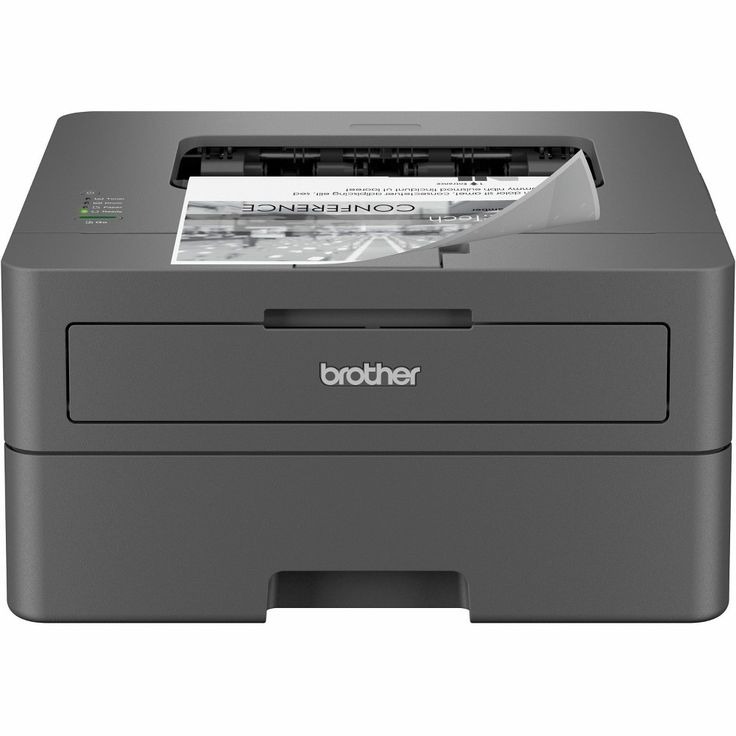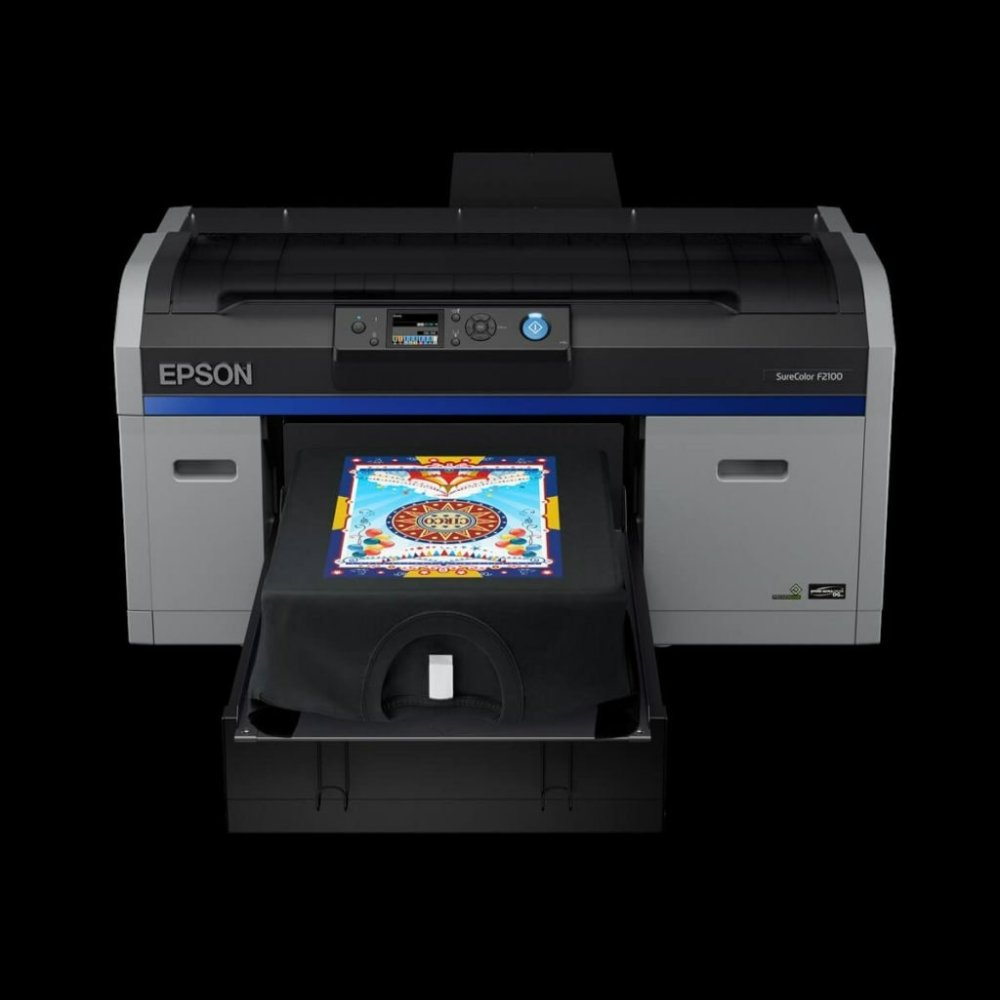What is Inkless Printing?
Inkless printing is a revolutionary method that creates images without using traditional ink. This innovative technology relies on special techniques to imprint content directly onto a surface. It marks a significant departure from conventional printing, which typically involves the application of liquid ink onto paper or other materials. With inkless printing, there are no cartridges or toners to replace, which simplifies the printing process and reduces waste. The technology encompasses different methods, including thermal, UV, and laser printing techniques that alter the surface to produce text and images. Inkless printers are highly appealing for their low maintenance, cost efficiency, and environmental benefits. They have the potential to transform the printing industry, making it more sustainable and efficient.

The Evolution of Printing Technology
The journey of printing technology is long and rich. It started with woodblock printing in ancient times. Movable type came next, revolutionizing the field. In the 20th century, digital printing emerged, changing the game again. Now, inkless printers mark the next significant leap. Each step made printing easier, faster, and more accessible. Inkless printer tech builds on this legacy with innovative methods. From carving on wood to printing without ink, the evolution reflects human ingenuity. Printers have become smaller, faster, and more efficient over time. The inkless printer is the latest advancement in this trend. It offers a glimpse into a future where printing is even more streamlined. This progression shows our commitment to improving communication tools. Inkless printers carry this evolution forward into a sustainable era. They reinvent how we think about putting words and images on paper. With each step, printing technology inches closer to perfection. The inkless printer is the newest step towards that goal.
Advantages of Inkless Printers
Inkless printers offer several compelling benefits that address common pain points associated with traditional printing. Here are some key advantages of using inkless printer technology:
- Lower Maintenance Costs: Without the need for ink or toner replacements, the ongoing costs of operating an inkless printer are considerably lower. Users can save on the regular purchases of consumables.
- Reduced Waste: One of the most eco-friendly aspects of inkless printers is the elimination of disposable ink cartridges, which often end up in landfills. This cuts down on plastic waste significantly.
- Enhanced Durability: The prints from an inkless printer are less prone to smudging or fading, ensuring longevity of documents and images.
- Increased Efficiency: Since there are no cartridges to change, inkless printers can operate with less downtime and greater productivity. This leads to more prints in less time.
- Compact and Portable: Many inkless printers are designed to be compact and portable, making them ideal for mobile businesses, travel, and personal use.
- Eco-friendly Option: By using less or no consumables, inkless printers support a more sustainable printing process that aligns with green initiatives and lowers the environmental footprint of printing activities.
- High-Quality Output: Inkless printing techniques can achieve high-resolution prints that are crisp and clear, rivaling the quality of traditional printing methods.
Each of these benefits contributes to the growing popularity of inkless printers as a viable and attractive alternative to conventional printing solutions. With these advantages, it is clear why inkless printer technology is paving the way for the future of printing.

How Inkless Printers Work
Understanding how inkless printers work is crucial to appreciating their capabilities. These devices employ various technologies to eliminate the need for ink. Here’s a closer look at the printing process without ink:
- Thermal Printing: One common inkless printing method is thermal printing. It involves the use of heat-sensitive paper. When this paper passes through the printer, controlled heat pulses create images or text.
- Pressure-Based Technology: Another approach is applying pressure to a specially coated paper. This pressure causes a reaction that forms clear prints on the surface.
- Laser Etching: Laser printers can work inklessly by etching the surface of the paper. The laser beam alters the paper’s composition to produce high-resolution prints.
Each method offers a unique way to bypass the conventional ink-on-paper model. Regardless of the technique, the end result is a printed image or text. What sets inkless technology apart is its lack of consumables like ink or toner. This simplicity in the hardware allows for a more streamlined and efficient printing experience. Moreover, it opens up possibilities for portable printing solutions that were not feasible with traditional printers due to their reliance on ink or toner supplies.
By leveraging advanced materials and specialized equipment, inkless printers deliver consistent results. They produce clean, smudge-proof documents without the inconvenience associated with ink-based printing. As this technology develops further, we can expect even greater improvements in efficiency and quality. Indeed, the future of printing lies in the continuous refinement of inkless printer mechanics.
Applications of Inkless Printing
Inkless printer technology is not just a futuristic concept; it has practical applications here and now. The versatility of this technology means it can be used in various sectors. Here are some fields where inkless printing is making a mark.
- Retail and Point of Sale: In retail, thermal inkless printing is widely used for receipts. It’s quick and efficient, providing customers with crisp, clear transaction records.
- Healthcare: Labels for patient identification and prescription detailing are printed using inkless printers in hospitals. This ensures legibility and durability, which are critical in medical settings.
- Manufacturing and Logistics: Tracking and shipping labels are often printed with inkless methods. These labels are vital for inventory management and withstand harsh conditions during transport.
- Office Use: For office documents that don’t need color, inkless printing is a cost-effective solution. It’s also more reliable, as there are no ink cartridges that might dry out or leak.
- Photography: Portable photo printers produce high-quality prints. They’re perfect for instant photography at events or for personal photo albums.
- Education: Educational institutions use inkless printers for printing quizzes and exams. It reduces the chance of smudging, making papers easier to read and grade.
- Consumer Electronics: Thermal printers are built into devices like calculators and handheld gaming systems, offering on-demand printing utility.
In each of these applications, the advantages of inkless printing are clear. Maintenance is minimal, operation is efficient, and the environmental footprint is reduced. As inkless printer technology continues to evolve, its applications are likely to expand into new areas.

Inkless Printing vs Traditional Printing
When comparing inkless printing to traditional printing, several differences stand out. These differences highlight the benefits and potential challenges of each approach.
Firstly, inkless printing does away with the use of liquid inks. Traditional printing depends on ink or toner to transfer images onto paper. Inkless methods like thermal, pressure-based, or laser etching, alter the paper itself to create prints.
Secondly, the operating costs for inkless printers tend to be lower. Ink and toner can be expensive. Users of traditional printers have to keep buying these consumables. Inkless printing reduces or eliminates this ongoing expense.
Thirdly, maintenance demands are generally less for inkless printers. Ink can dry up or spill, causing frustration and additional cleaning. Without ink cartridges or toner, inkless printers are simpler to maintain.
Fourthly, production of waste is a key difference. Traditional printers often produce waste from used cartridges and toner. With no ink cartridges to discard, inkless printers create less waste.
Finally, durability and portability favor inkless printers. The prints are often more resistant to environmental factors like water and light. Plus, the compact size of many inkless printers makes them easy to move and use in different settings.
However, there are trade-offs. For example, traditional printers typically offer a wider range of colors and finishes. Some users might need these for specific projects. Additionally, traditional printing technologies are currently more widespread. This means there is a broader base of support and service options available.
In conclusion, inkless printers offer an innovative and sustainable option. They cut costs, reduce waste, and require less maintenance. Traditional printing still has its place, offering versatile color printing and widespread use. Each has its own set of advantages and limitations, shaping the choice based on specific printing needs.
Environmental Impact of Inkless Printing
The environmental benefits of inkless printer technology are significant and represent a major advantage over traditional printing. Here we delve into the key environmental impacts:
- Reduced Chemical Use: Traditional printing often involves various chemicals in inks and toners. Inkless printing eliminates the need for these chemicals, making it a cleaner technology.
- Less Waste: Without the need for ink cartridges or toner, inkless printers do not generate the same amount of waste. This helps to minimize the environmental footprint associated with printer consumables.
- Energy Efficiency: Inkless printers typically require less energy to operate. They have fewer moving parts and don’t need the same heating elements that a traditional printer would for ink application and drying.
- Sustainable Resources: Some inkless technologies use paper that is easier to recycle. They might also require less paper overall due to more accurate printing methods that reduce errors.
- Decrease in Pollution: By cutting out ink, inkless printing reduces the potential for air and water pollution commonly associated with ink production and disposal.
- Long-term Sustainability: Inkless printing supports long-term sustainability goals. It fits well into a circular economy, where the goal is to minimize waste and keep resources in use for as long as possible.
In summary, inkless printer technology aids in making the printing industry more environmentally friendly. As society becomes more conscious of our environmental impact, inkless printing stands out as a responsible choice.
Future Developments in Inkless Printer Technology
As inkless printer technology matures, we anticipate several future developments that may redefine printing.
- Advanced Materials: Research into new heat-sensitive and pressure-responsive materials could improve print quality and durability.
- Greater Resolution: Efforts to enhance resolution will likely result in even clearer and more detailed prints.
- Color Printing: Though currently limited, advancements may allow for full-color inkless printing options in the future.
- Integration with IoT: Inkless printers could integrate with the Internet of Things for smarter printing solutions.
- Expanded Applications: We expect to see inkless technology in more sectors, such as security printing and flexible electronics.
- Consumer Accessibility: Prices may drop, and user-friendliness will increase, making inkless printers more accessible to the average consumer.
- Environmental Standards: New standards may emerge to further reduce the environmental impact of printing.
Inkless printing is on a trajectory towards a more sustainable, efficient, and cost-effective future. These expected developments will help to cement its place as a key technology in our daily lives and workspaces. The inkless printer continues to innovate, promising to keep pace with the ever-growing demands of both consumers and the environment.